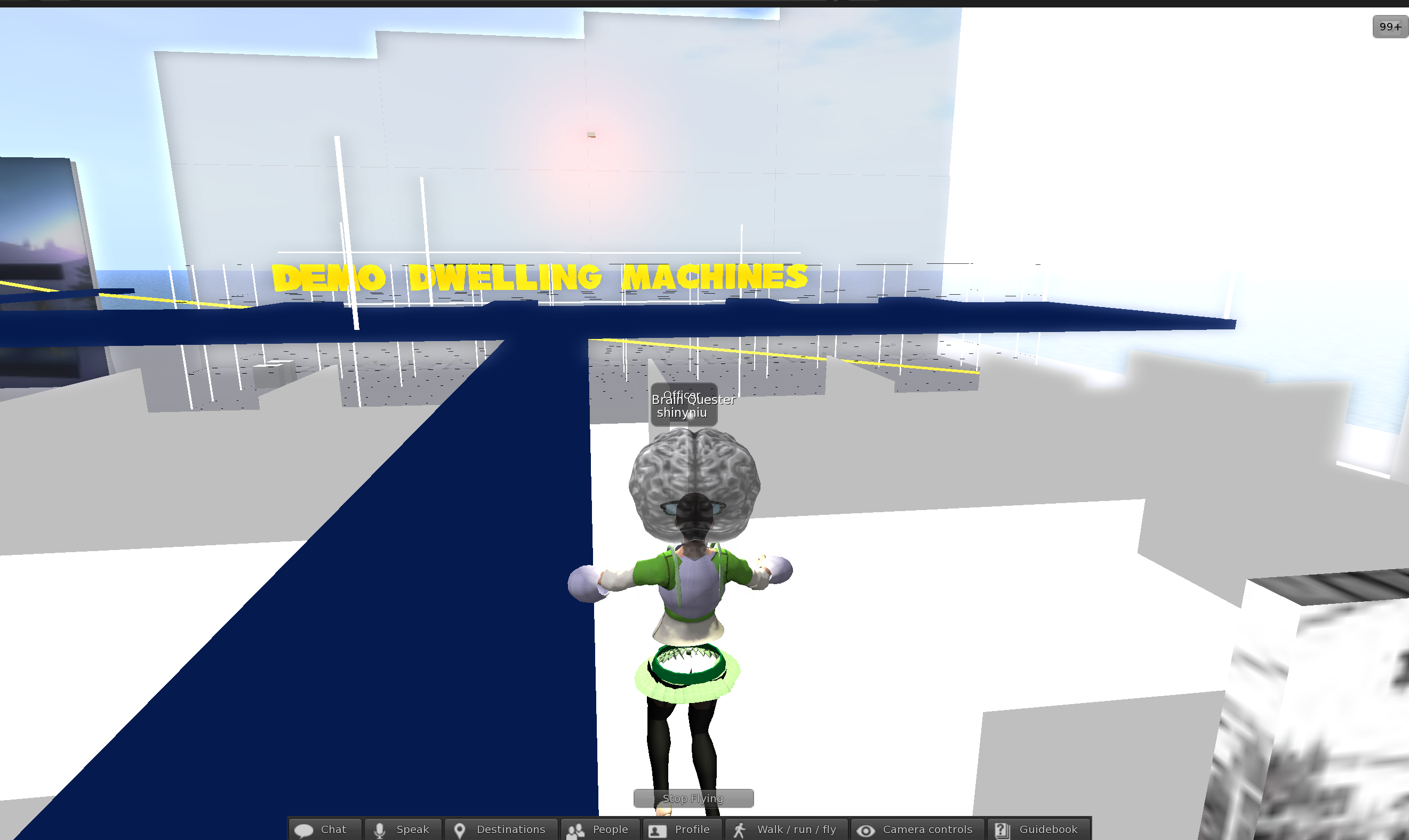
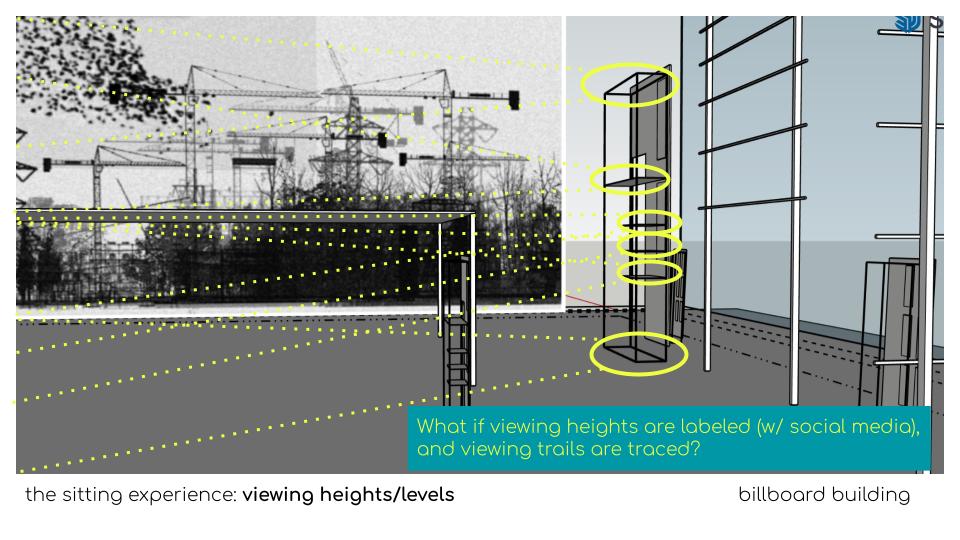

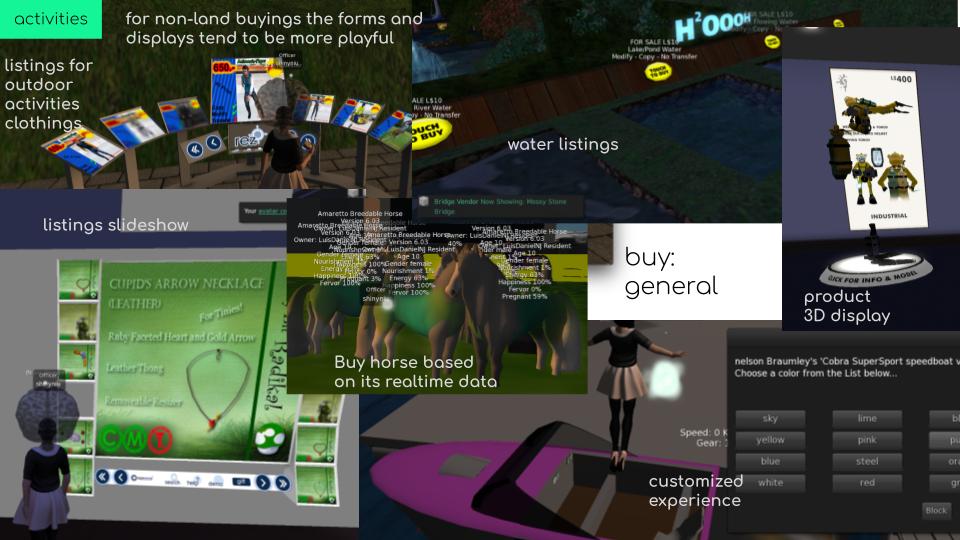
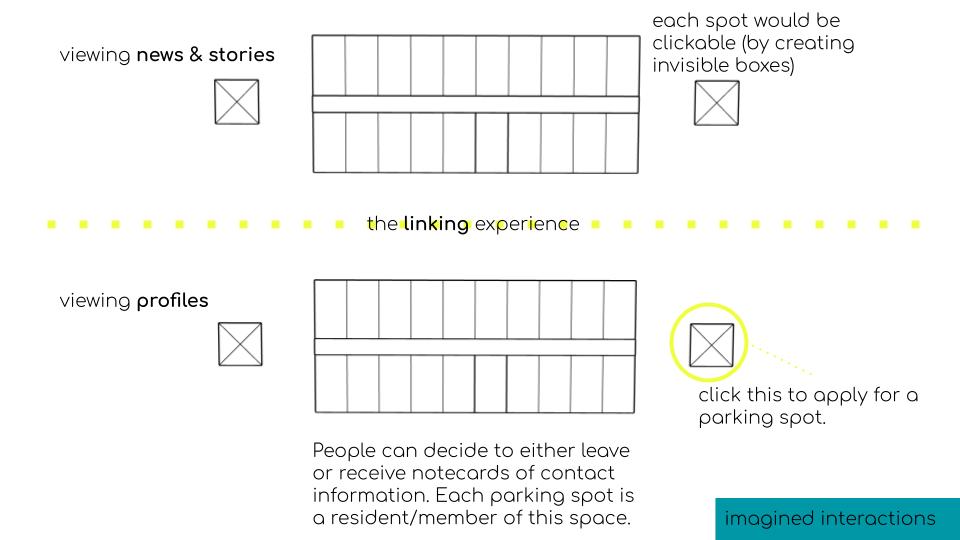

Demo Dwelling Machines:
A Second Life Test Site
Second Life+design-reseach
SecondLife, Linden Scripting Language
An engaging, immersive demo/exhibition and discussion space in Second Life
exploring the possibilities of "home" as a hybrid technological place.
Joined as a design researcher for this project by designers Ben Hooker and Shona Kitchen.
Interested in the emerging everyday life in digital spaces, I joined Demo Dwelling Machines to also further explore human behavioral patterns and sense-making in virtual worlds, one of the design topics I have been interrogating in my works.
In early conversations with Ben and Shona whom started the project, we had discussions about my role as a design reseracher to build out prototypes of speculative technologies inside Second Life, a multimedia platform where people could create their own avatars and build their own objects/places/interactions. The goal was to build “real-life-scaled” structures of a hybrid home, so people as avatars could wander around the prototyped space as if they were walking (or flying) through a real physical space, while experiencing new lifestyles.
The idea of this hybrid technological space similar to an IKEA with lifestyle showrooms is introduced early to the main concept. Expanding on this, I started drawing text-graphs to ask questions of possible experiments. Such as having a catalogue of interactive experiences, the forming of a ritual for every visit of the space, ways to instantiate new structures that combines and/or translates off-screen behaviors with on-screen ones.
![]()
continue reading to discover In early conversations with Ben and Shona whom started the project, we had discussions about my role as a design reseracher to build out prototypes of speculative technologies inside Second Life, a multimedia platform where people could create their own avatars and build their own objects/places/interactions. The goal was to build “real-life-scaled” structures of a hybrid home, so people as avatars could wander around the prototyped space as if they were walking (or flying) through a real physical space, while experiencing new lifestyles.
The idea of this hybrid technological space similar to an IKEA with lifestyle showrooms is introduced early to the main concept. Expanding on this, I started drawing text-graphs to ask questions of possible experiments. Such as having a catalogue of interactive experiences, the forming of a ritual for every visit of the space, ways to instantiate new structures that combines and/or translates off-screen behaviors with on-screen ones.

notebook excerpt of idea-forming text-graphs
more processes and experiments
Sptial Research: understanding features that make a “space” become a “place”
Before any lifestyle experiments took place, I had wandered around various “places” in the Second Life “space” to collect typical features that may create the atmosphrere of a technolgical future. I had been an explorer before building “places” where people can explore. Understanding the existing inventories and the limits of coded functions, I started to immersive myself more in this particular space with growing familiarity.
It was not just some random wander. I designed the research process in these places to not only collect aesthetic and/or technological patterns, but to also identify experiments of scripted animations/movements. What makes sense to click on a thing, and what doesn’t? What options of actions are usually paired with decorational/transportational/gaming/etc. objects? When does it make sense to walk, and when does it make sense to fly instead? Are users really walking freely on their own in the virtual space, or are there certain walk paths and directions designed for people to follow? The questions went on.

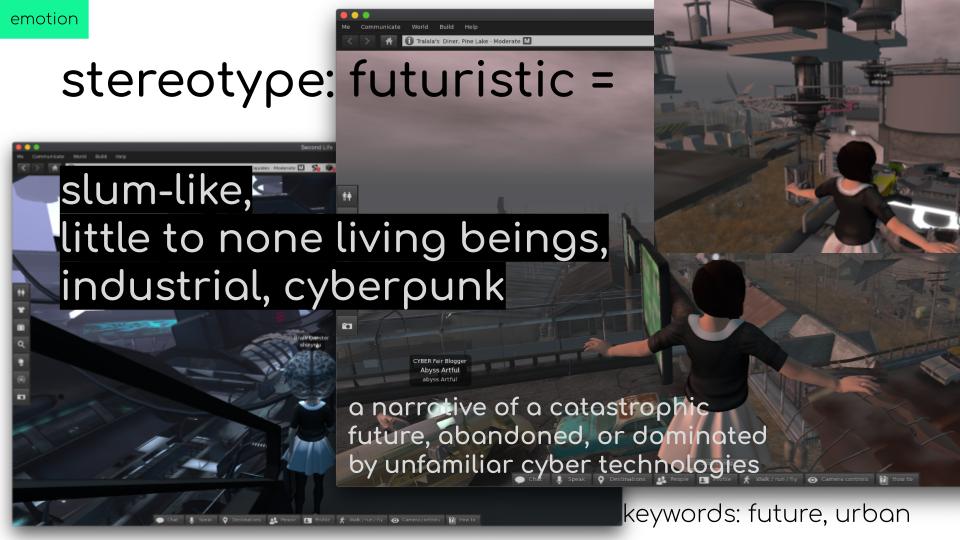
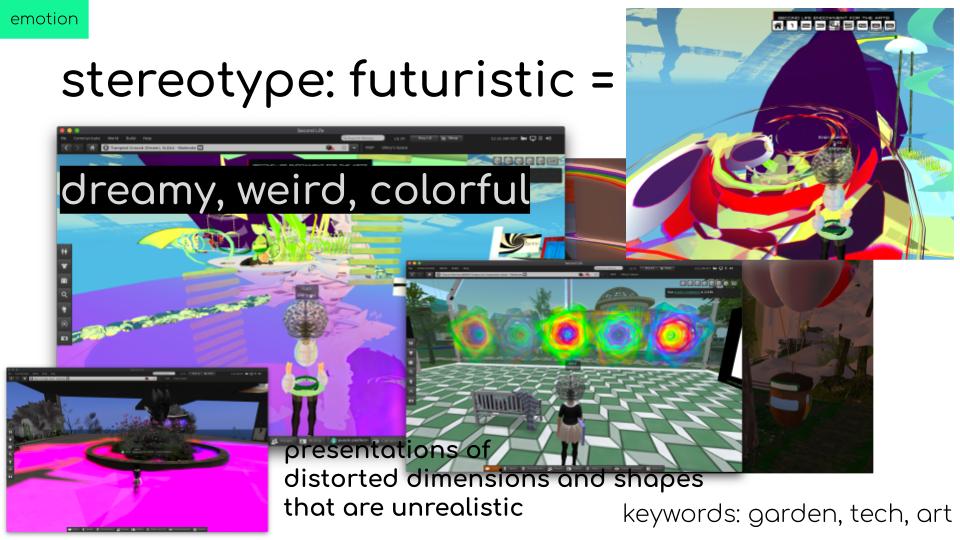

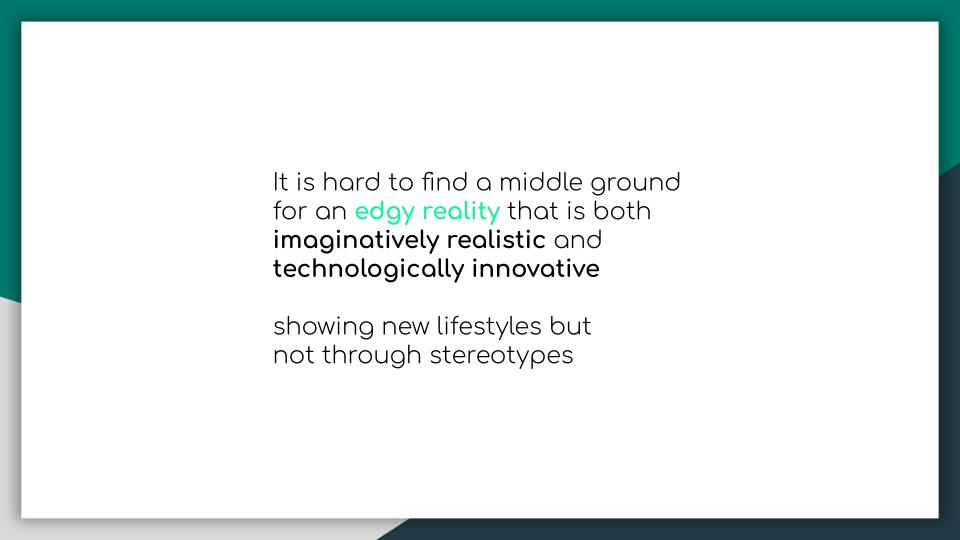








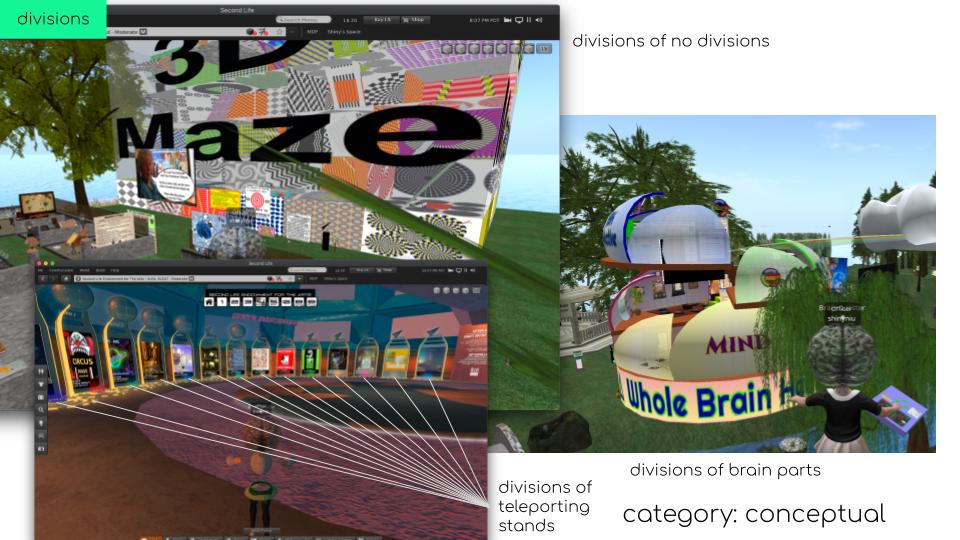


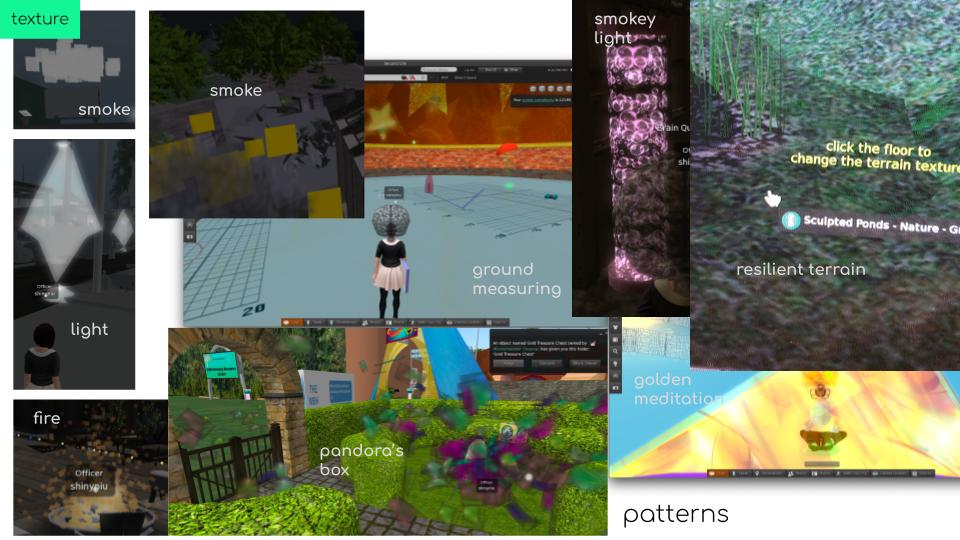


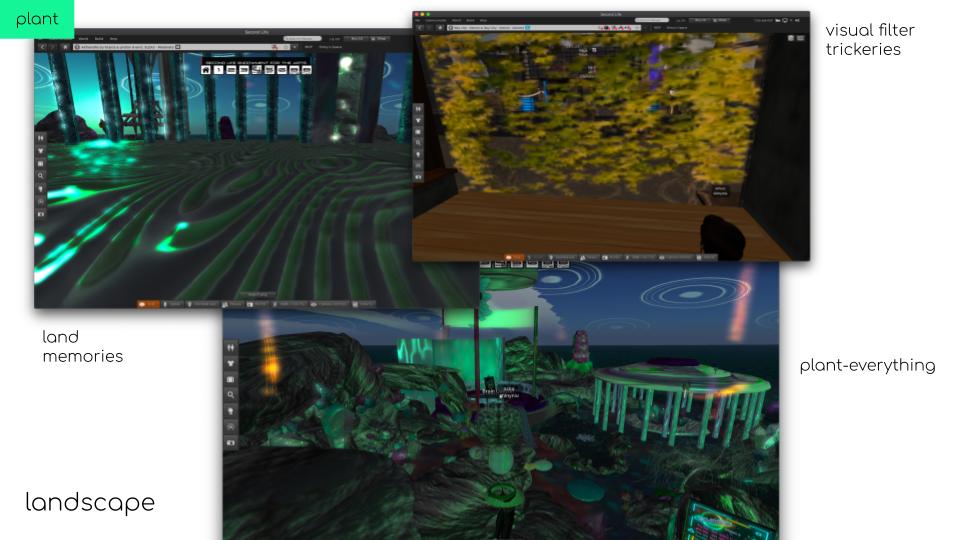



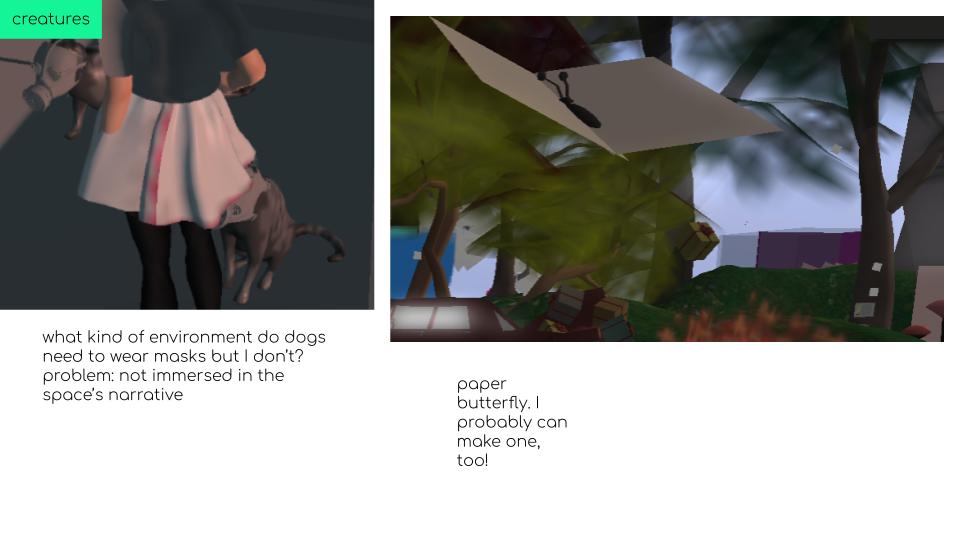




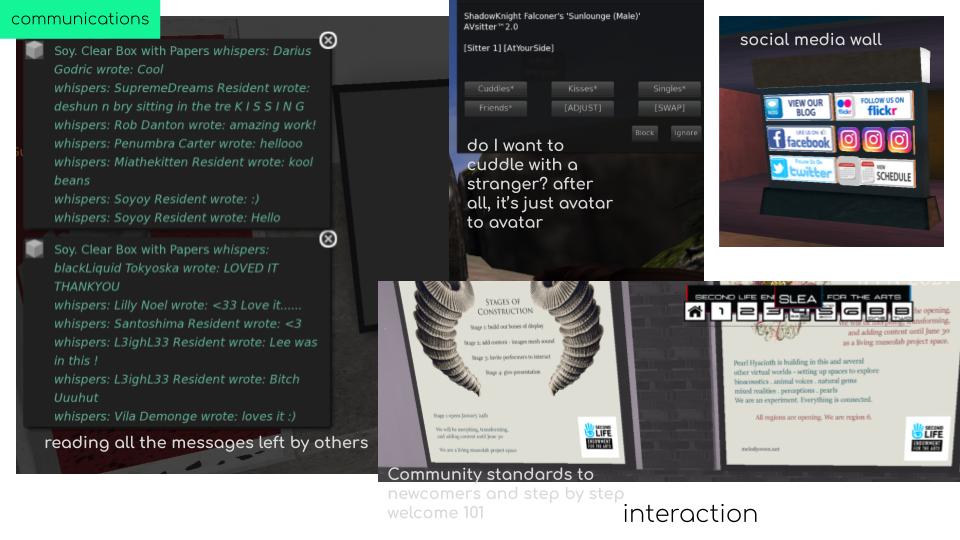



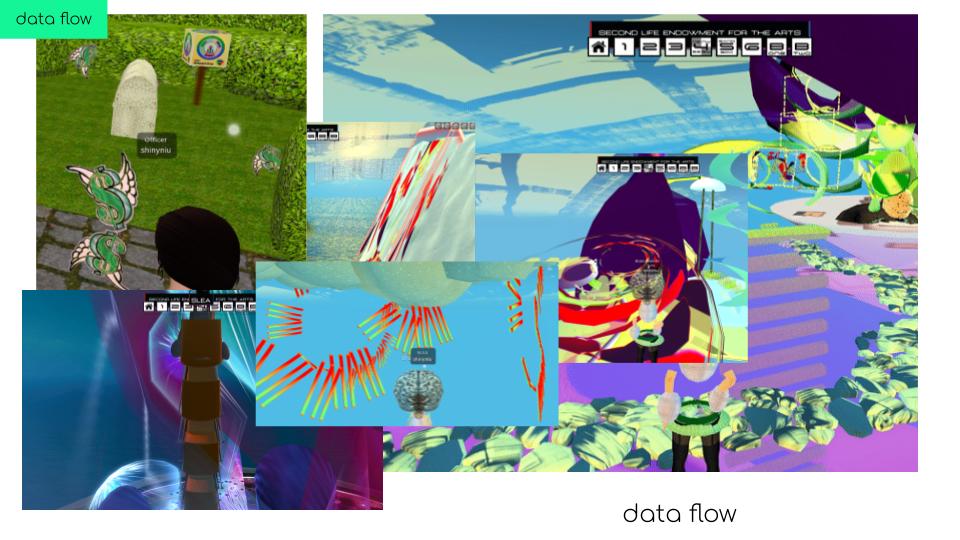
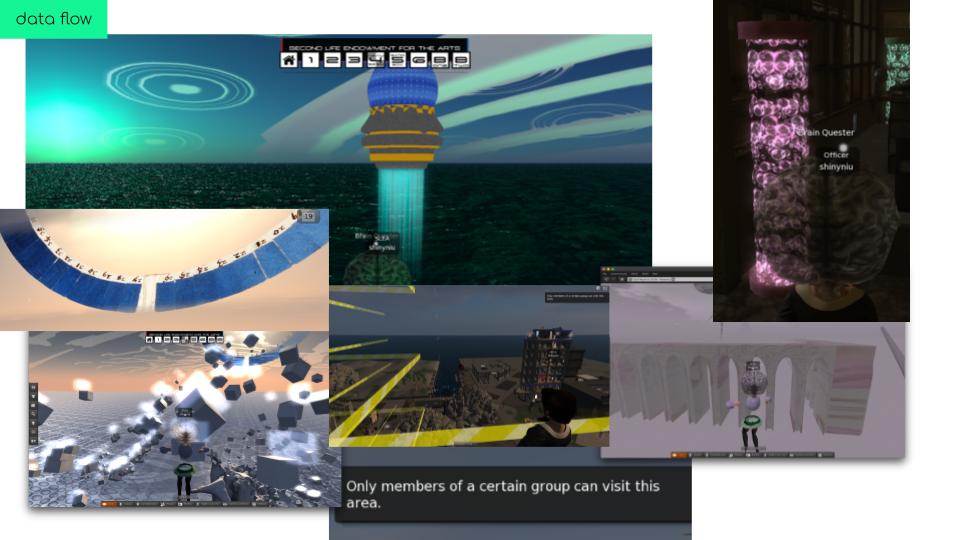


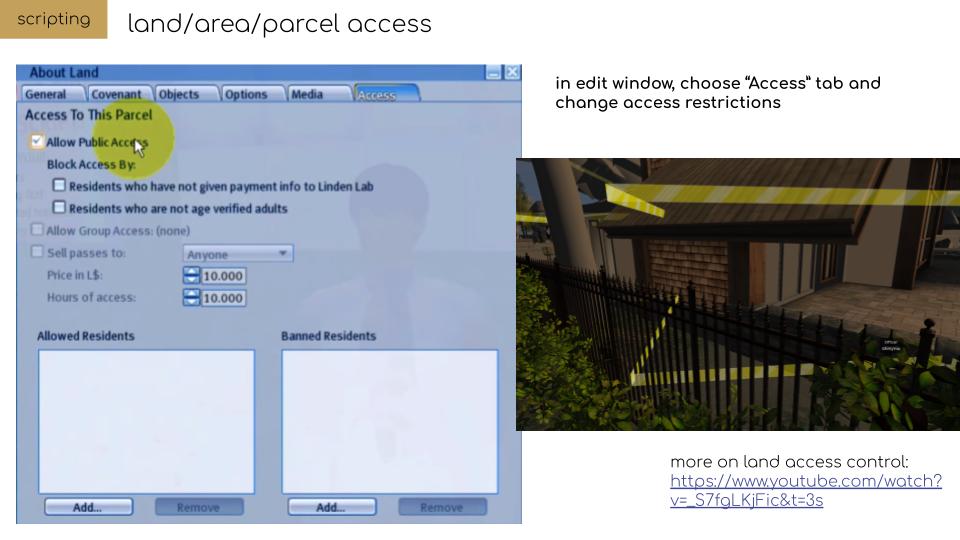
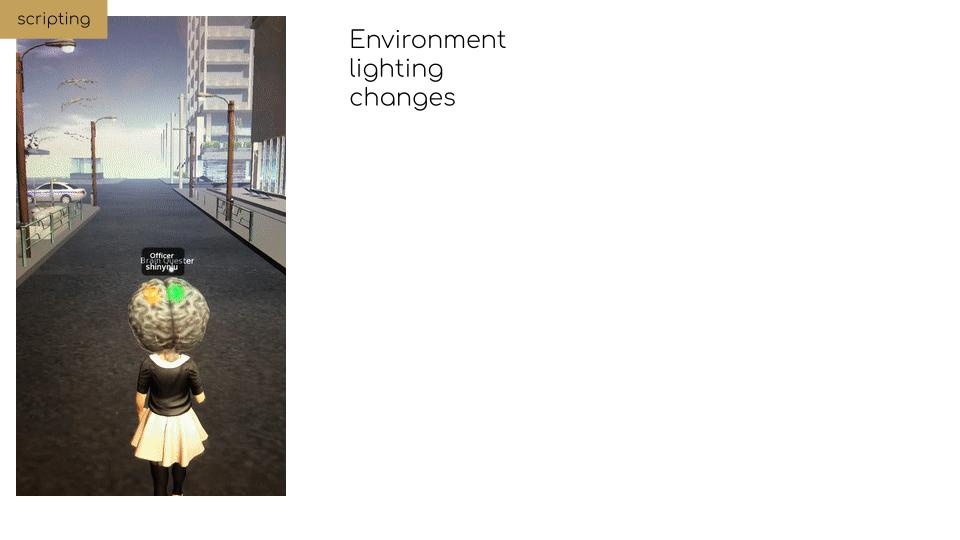

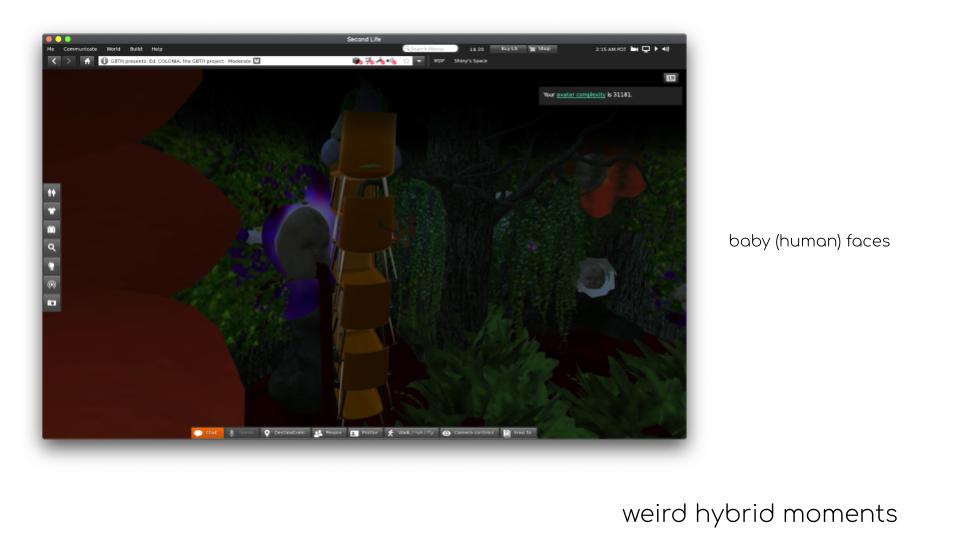




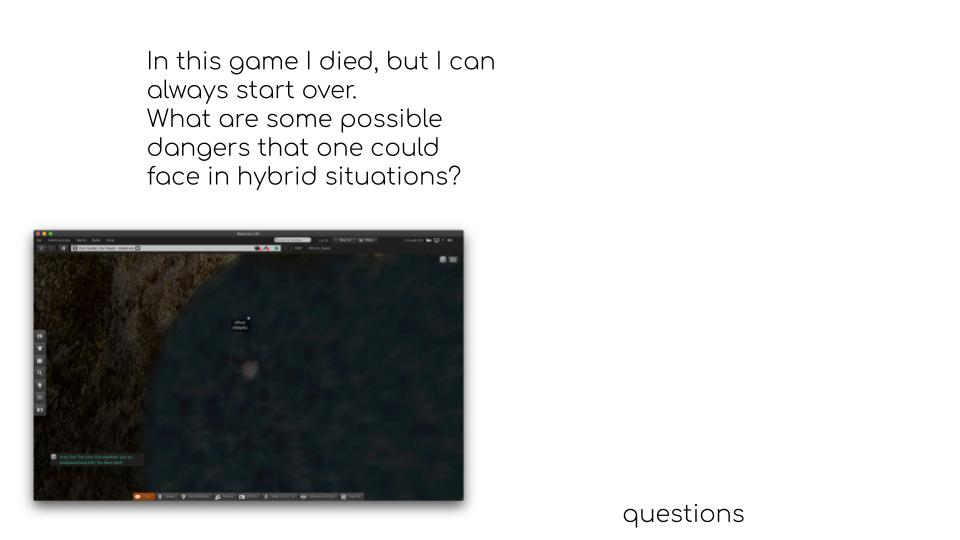


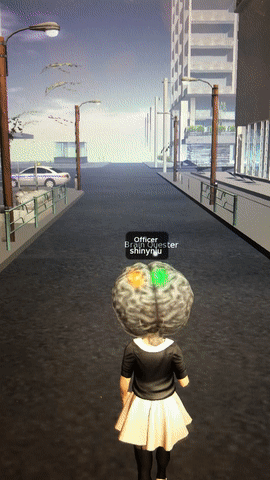
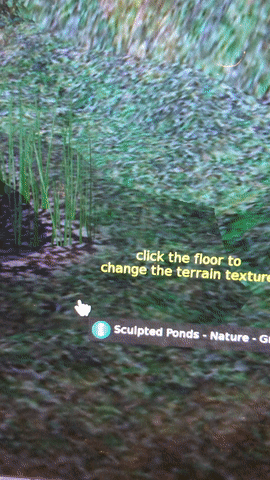
One of the main inquiries I kept on making was the transition and translation of when a “space” turned to a “place.” How I view it, Second Life is a “space” where people can visit to build alternative experiences. It is with these created alternatives thata draw multiple ways of interactions, where this “space” becomes a “place” with specific styles of events/routines/patterns and therefore reasons to visit. With that concept, Second Life definitely becomes more than a platform or an interface, where the latters would be a derogatory 2-dimensionalize label to put on somewhere that not only could be interactive but also creative.
Spatial Experiment: artifact models and animated possibilities
Ben and Shona had identified several technological artifacts to be incoporated into the hybrid home place, including billboard buildings (buildings as billboards), a sunset light (an artificial sun moving across and lighting up the palce), walls of camera tiles, etc.
I imported the 3D models of these artifacts into Second Life to test out model specs and interaction settings. For example, as a creator in Second Life, I could decide the next automated action/movement after someone touched or sit or do something with a specific object. This is the part where the creator decides how the “visiting residents” could view and/or interact with an object at “home.”
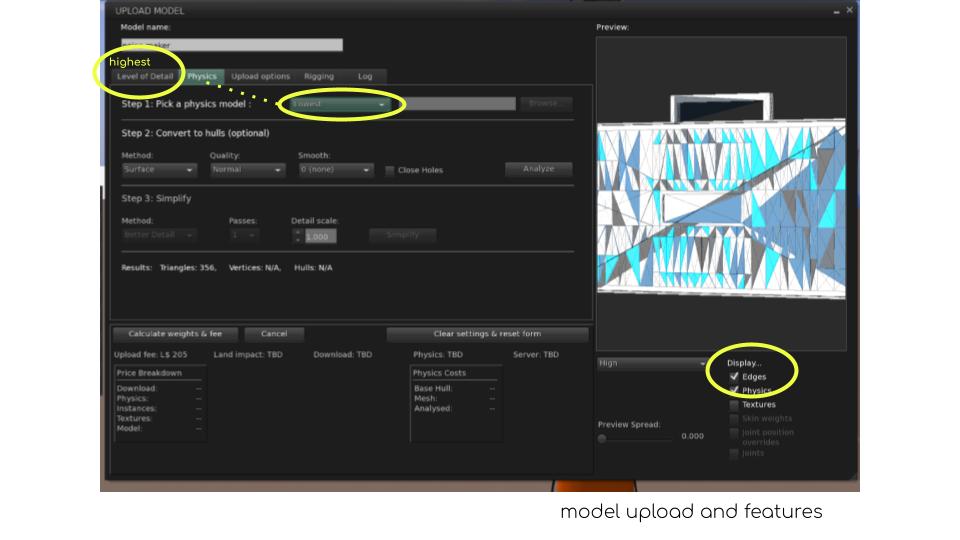
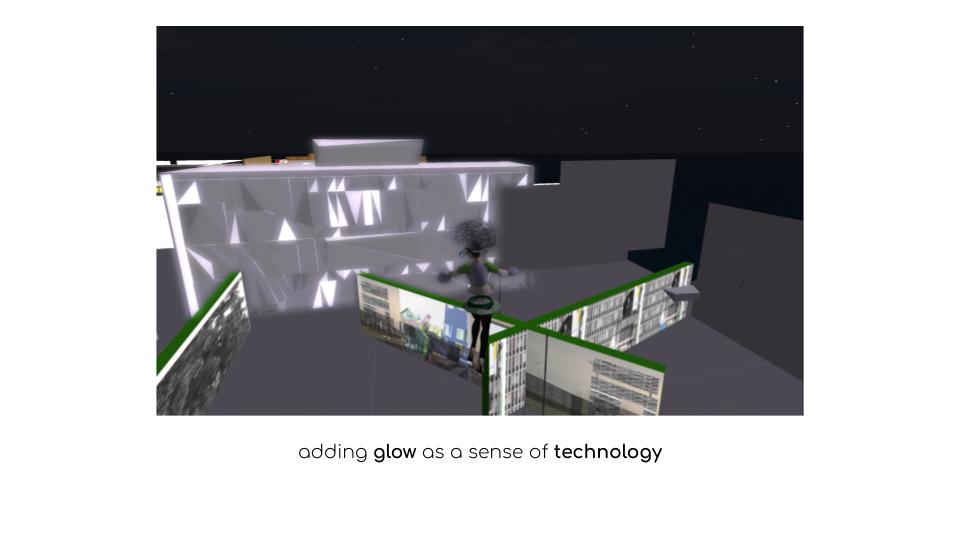

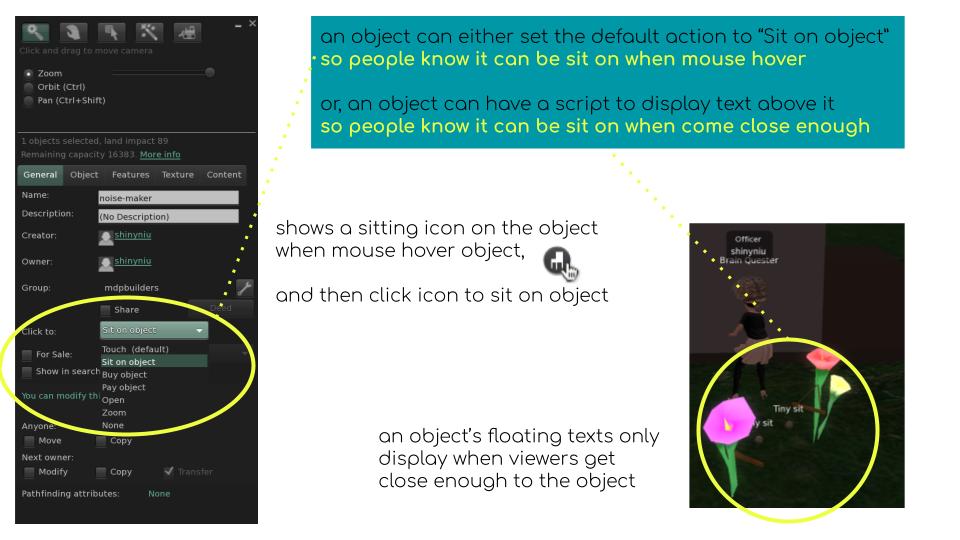
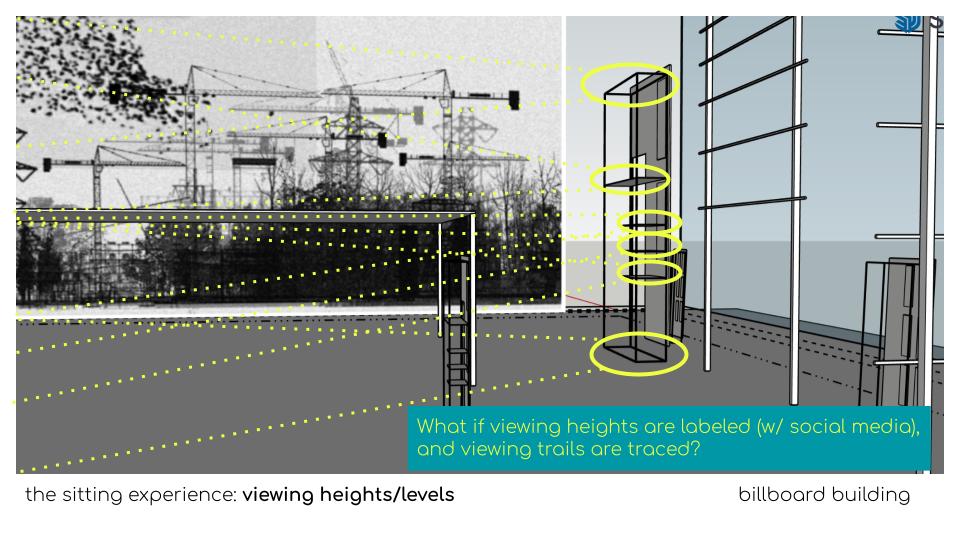
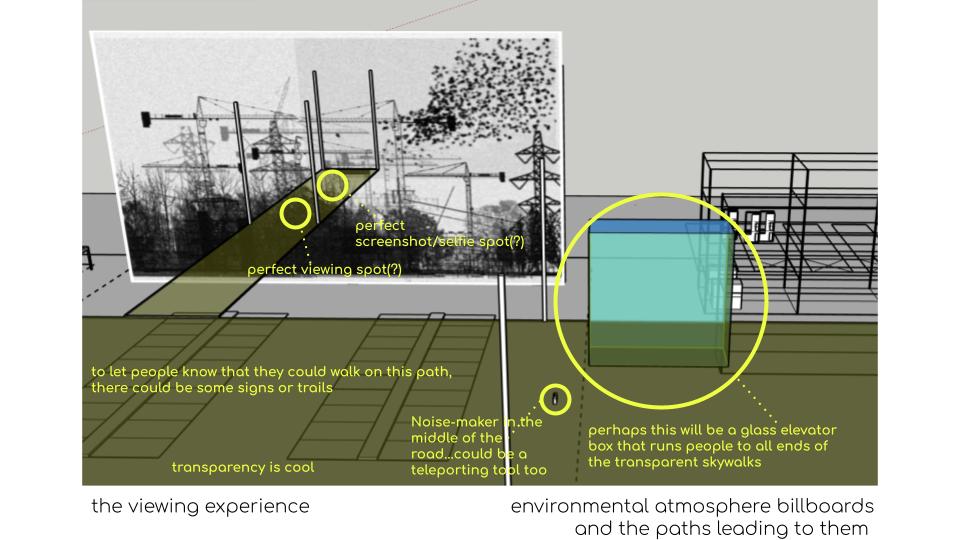
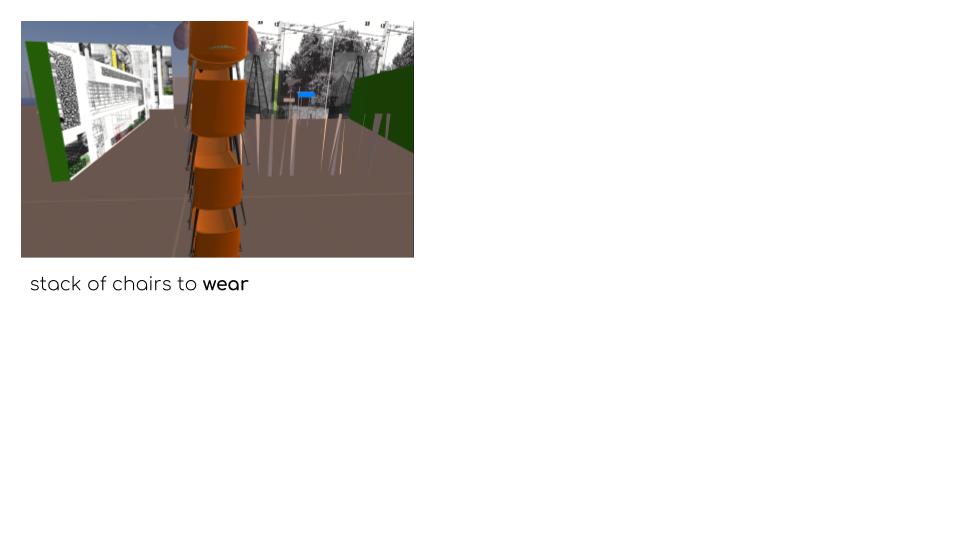

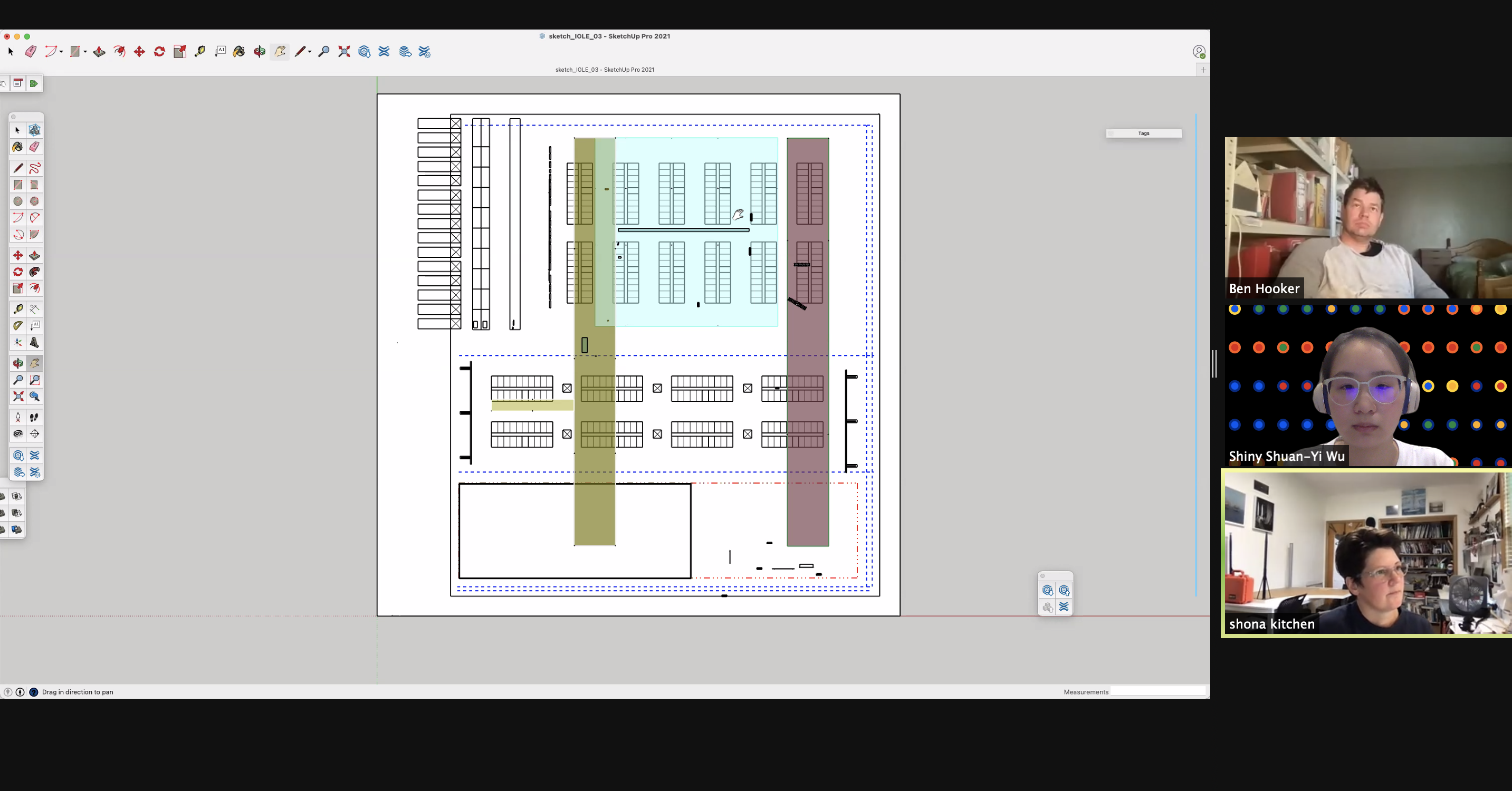
The concept of Demo Dwelling Machines is for this virtual home to be technologically inclined and driven, having interactions inspired by or responding to the new media perceptions/trends as new lifestyles. As seen in the slides, I continued to add new questions to the project, including: if everyday information is additional visual texts or integrated into the artifacts? Could we view information/experience technological aartifacts differently according to where and how we sit? How do people know if an object is sittable or touchable or manipulatable? The process of experimentation and speculating these questions also carried on many inquiries made during the sptial research stage.
Spatial Creation: building the place and be in it
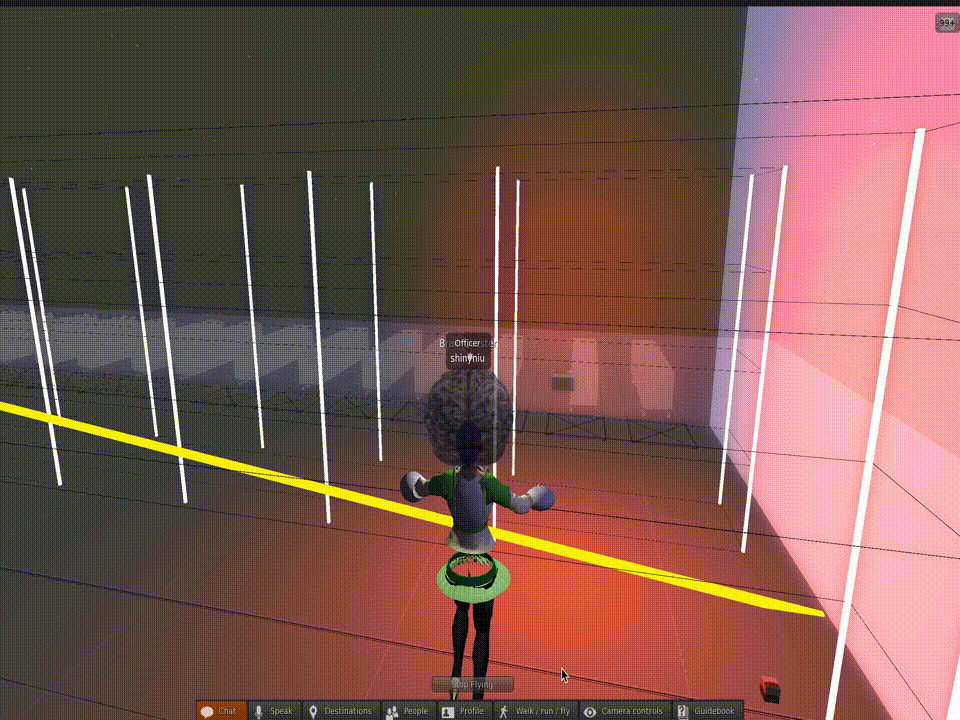

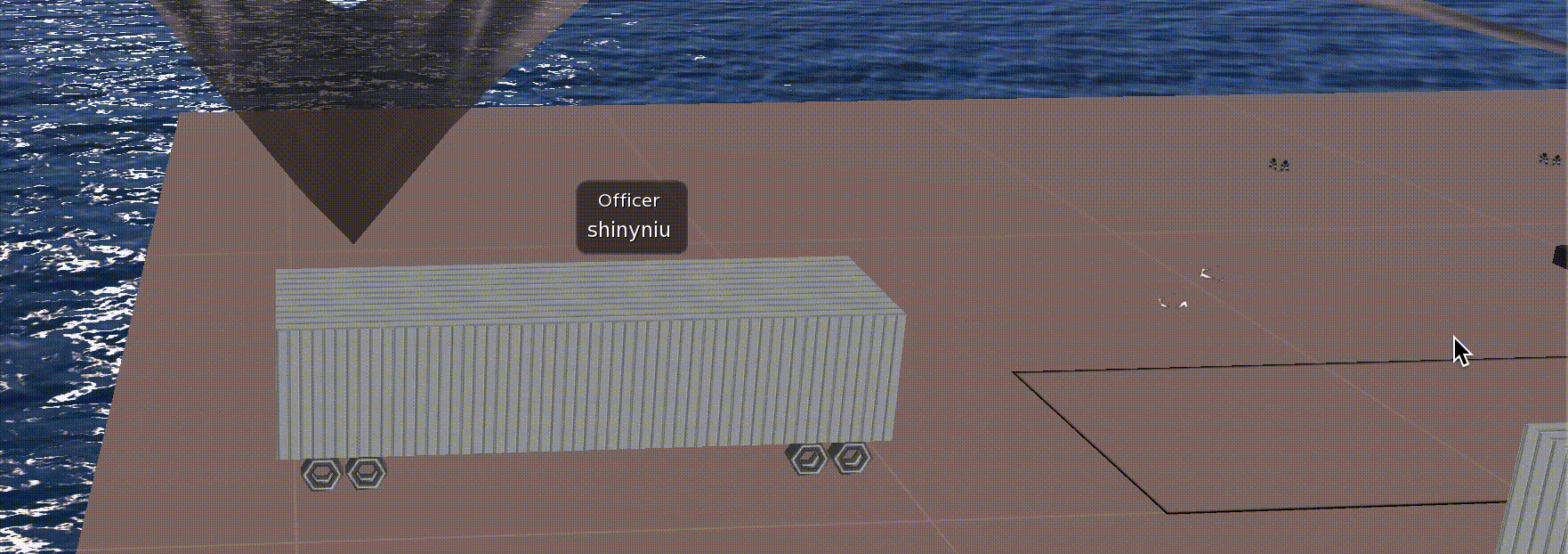
parts from the hybrid technological home built in Second Life
Following a blue-print of the place in Sketchup made by Shona, I built the architectural structures and the objects using simple builder shapes like circles and rectangles in Second Life. The process included a lot of measuring, positioning, and scaling in both Sketchup and Second Life, as well as preparing animated vector graphics with Adobe Suite. It’s interesting working with restrictions (ex. shapes provided, 3D model complexity for uploads) and play with the associated functions to see what one can create. I created the moving sunlight, animated cargo truck parking strcuture, parking lots for visitors (assuming it’s a real hybrid home where people will stop here in the midst of their long drive to rest; or, their avatars could also be riding on cars in the virtual world), IKEA-style aisles with tall shelves and a logo of Demo Dwelling Machines with a similar font, advertisement sceneries, information marquee animated onto the sightseeing walkway’s columns, etc.
The project is currently still carried forward by Ben and Shona.